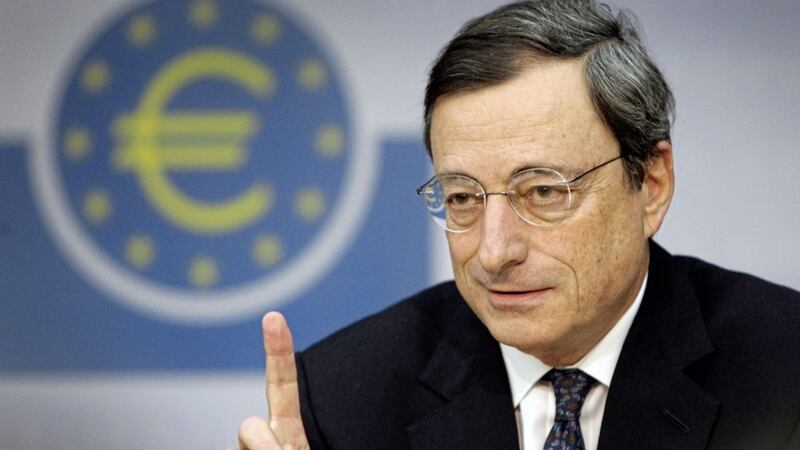IT'S been another interesting couple of weeks, when we have seen risk assets rallying against some of what would be perceived as the safer havens of investing. Notably, both developed and emerging equity markets bounced back briskly from the worries of the past few weeks.
Newly released activity data appears to be pointing more towards stability rather than growth. Most helpful in this stability has been seeing expectations of the next US stimulus package solidified, along with the good progress being made on the vaccine rollout across the globe.
While retail investors fuelled smaller bubbles, the fear of these becoming more widespread within the market has ebbed a little.
Meanwhile in Italy, a political crisis has resulted in respected economist and former European Central Bank president Mario Draghi being called on to become prime minister and form what is known as a “technocratic” government. Investors have looked upon this favourably.
Italy is an interesting case study in the difficulties of finding (and holding onto) the balance between legitimate government and policy continuity.
Following the fall of Mussolini’s fascist regime in 1943, the Italian government’s executive power was spread on the wind under a newly enacted constitution.
Italy has struggled over the years to maintain continuity in its administrations, and newly-nominated Draghi is the country’s 68th prime minister since 1946 (by comparison the UK has had 16, from Clement Attlee to Boris Johnson).
What is the best form of government? What role should the population have in selecting it? And how can we move an administration on when it no longer serves its purpose?
From the perspective of investors, democracies tend to have lower borrowing costs, and (more broadly) countries with more legitimate, higher quality institutions, have done considerably better over time.
For investors, the necessarily cold calculation is simply about risk: the risk of lending to a particular government. The whim of an individual is naturally seen as riskier than the enforced sobriety of a collection of institutions bound by rules and oversight.
These democratic and bureaucratic constraints might appear inconvenient when swift and decisive action is required, however, the current pandemic has proved that administrations of all shapes, sizes and persuasions are capable of rapid and muscular action when required.
The technocratic competence demonstrated by Korea and Taiwan has certainly won plenty of admiration. As have the actions of the New Zealand government. However, replicating this success elsewhere is surely more complicated than simply copying – after all, human beings are at the heart of it all.
The point here is really about the degree of pre-destination in the type of state we live under. The characteristics of the UK’s democracy, and the institutions that exist within it, have been shaped by centuries of economic, social and political weather. The same is true elsewhere.
From the investor’s perspective, what is necessary, regardless of the type of state or regime, is productivity to drive a diversified investment portfolio performance over the medium term.
Any framework that provides for innovation and helps to disseminate breakthroughs and innovation as rapidly as possible, is what long-term investors are looking for.
:: Cahir Gilheaney is a wealth manager with Barclays Wealth & Investment Management team in Belfast.








